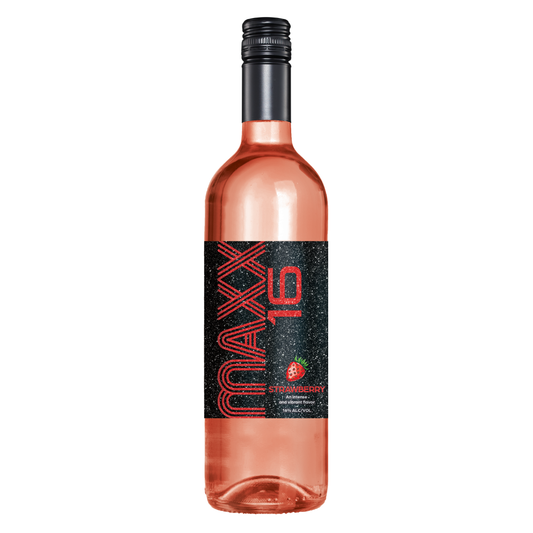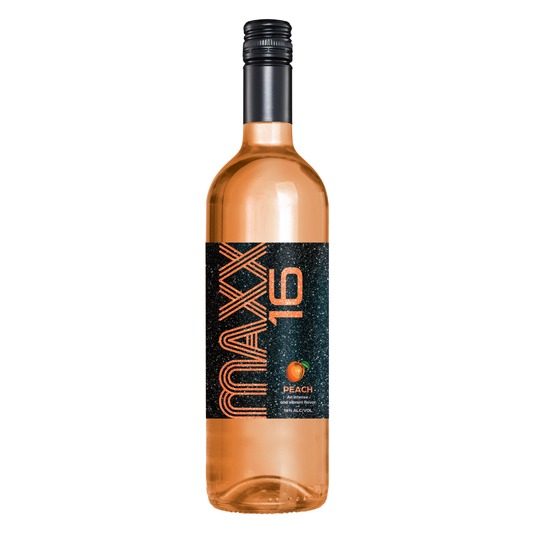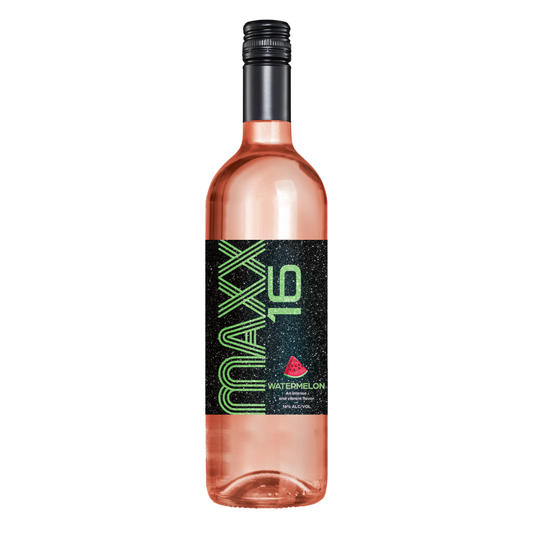
We’ve seen wine served in countless ways. While there isn’t necessarily a wrong way to serve wine, there are definitely ways to achieve a better tasting wine. Check out some of these tips and let us know how they work for you!
Serving at the Right Temperature
Almost all wines taste better if they are served slightly cold. We say slightly because the floral aromas of many wines can actually be subdued if they’re served at overly cold temperature. On the flip side, the aromas can burn off too quickly if the wine is served too warm.
As a rule of thumb, red wines should be served slightly below room temperature (53-69°F) and white wines should be served between 44-57°F. Zesty white wines should be served on the cooler side of that range, while oak-aged whites should be served on the warmer side.
When it comes to sparkling wines, it can depend on the quality. Affordable sparkling wines should be served between 30-45°F. However, high-quality champagne and sparkling wine should be served at the same temperatures as white wines (44-57°F).
Our last tip is for the wine drinkers on a budget. For affordable wines, serving it chilled will kill off most of the “off” aromas that can often accompany them.
Opening Your Bottle of Wine
While it might seem simple enough, there are many different types of wine openers and tactics that can impact how your wine tastes. To start, the most popular opener we see (and for good reason) is the Waiter’s Friend. As said though, there are many options to choose from and much of it comes down to personal preference and experiences.
When it comes to cutting the foil, Sip & Savor’s sommelier prefers to cut the bottom lip. However, foil cutter tools cut the top lip as it makes it more visually appealing.
And now we get down to the technicalities. When you go to open the wine, poke the cork slightly off center so the radial diameter of the worm ends up centered once it is all the way in. This decreases your chances of tearing the cork.
Typically, it takes about seven turns to insert the worm into the best spot, but it does vary with different bottles. It should be inserted into the cork about one turn less than all the way in. Longer corks are common with some fine ways and in that case, the worm can go all the way in.
Nearly Every Red Wine Tastes Better Decanted
The classic method for decanting wine is pouring the wine into a glass pitcher and letting it sit for 30 to 45 minutes. However, not everyone has that type of patience. The faster way is using a wine aerator which can decant the wine almost instantaneously. Outside of very old red and white wines, you cannot harm any wine by decanting it first.
In fact, decanting a cheaper wine will often alter the chemical state of some of the foul-smelling aroma compounds and make them more compatible.
Choosing the Right Serving Size
A standard bottle of wine is 25 oz., which typically equates to five 5 oz. pours. However, a standard red wine glass holds 17-25 oz. of wine and we often see people overfill their glasses.
The extra space in a red wine glass is designed to hold the aromas in, so it is important to make sure you do not overfill the glass.
Holding a Wine Glass
We know that wine glasses are awkward to hold by nature. They are top-heavy which leads many people to try to cup the bowl with their hand. While it might feel more secure, your hand will actually heat up the wine and push it out of that optimal serving temperature.
It is best to hold the glass by the stem. If you’re feeling fancy, throw your pinky out.
How Long Does Wine Keep After Opened?
Most wines will not last through the night after being opened. However, there are many solutions to help combat this issue. The best solution is to invest in wine preservers. This vacuum-seal system can help prevent against oxidation for at least a few days.
You should also store open wines in the fridge as this will help slow down the development of the wine and keep it fresh for longer.
Lastly, and maybe it goes without saying, you should make sure you keep your wine away from direct sunlight or any sources of heat.
Preparation
This mostly applies to an older bottle of red wine. You should not go for it and open it right away. It’s best to let it stand vertically for at least a couple of days to let the sediment settle at the bottom.
Summary
You’re already on the right track if you’re drinking a glass of wine but implementing some of these tips can take your experience to the next level.
If you’re looking for more ways to enhance your wine tasting, make sure to sign up for the Sip & Savor newsletter! And if you want to broaden your palate, sign up for the Sip & Savor subscription.
Sip & Savor takes you on a wine adventure every quarter to discover new wines and enjoy drinking.





